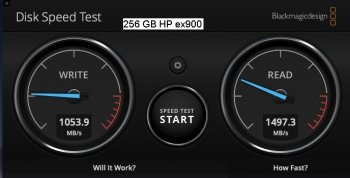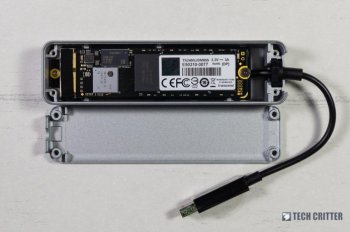The people who are benching 3000 MB/sec+ usually have 2015 machines that have PCIe 3.0 onboard.. Earlier machines are only PCIe 2.0 and have a slower maximum throughput, about 2100 MB/sec before overhead.
If I'm not mistaken, it's only mid-2015 15-inch Retina MacBook Pros that can max out the NVMe SSD speed.
If I'm not mistaken, it's only mid-2015 15-inch Retina MacBook Pros that can max out the NVMe SSD speed.



